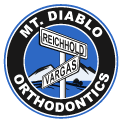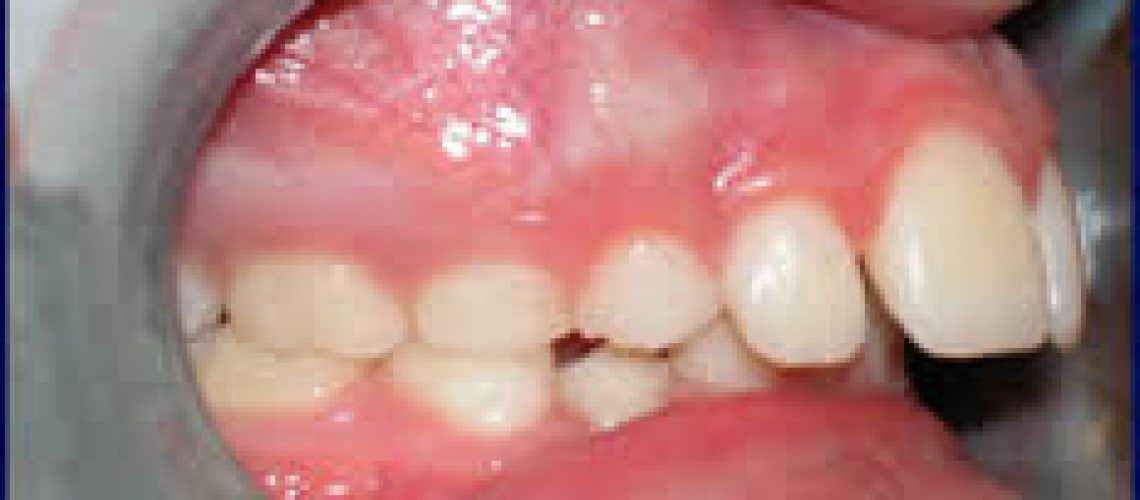One of the most common reasons that people seek orthodontic treatment is due to the presence of an overbite. An overbite is most commonly described as a condition where the upper front teeth are significantly forward or in front of the lower front teeth. A severe overbite can lead to an increased likelihood of trauma to the upper front teeth from a fall or injury, and it can also make it difficult to bite into some foods.
So what caused the overbite in the first place? Factors contributing to the presence of an overbite can include bad habits such as thumb sucking, nail biting and lip biting, trouble breathing though the nose, a deep overbite (too much overlap of the front teeth in an up and down direction), heredity and more. Most importantly, the orthodontist must investigate the underlying causes of each individual overbite so that the best possible solution can be planned. In a growing patient there are many options to help fix an overbite. Different appliances are available to address the variety of underlying causes.
What should be done about bad habits? Bad habits are extremely important to address early on, sometimes before any baby teeth have fallen out. Your orthodontist generally will have a few tricks up his sleeve to address habits like thumb sucking and/or nail and lip biting that can contribute to significant overbites. These tricks may involve appliances, exercises and motivational discussions. When the habit ceases, most overbites undergo some form of self-correction. In some cases, the self-correction is not enough to prevent possible injury to the front teeth. Limited braces or treatment with retainers can be very successful in minimizing the overbite at an early age.
Why is growth important in correcting overbites? When the lower jaw does not grow as far forward as the upper jaw in a front to back direction, an overbite can be the result. In this case, different orthodontic appliances can be used either to stimulate more lower jaw growth or attempt to restrict upper jaw growth in a front-to-back direction. These appliances can either be removable (like a headgear) or semi-permanent (cemented on the teeth like braces) to aid in the proper type of jaw development.
It is extremely important to attempt these changes during and around times of growth spurts. Generally, this is usually at about age 9 1/2 for girls and at about age 10 1/2 for boys. The goal is to capture as much growth as possible so that the jaw position can be modified properly. Many times, the orthodontist will begin this type of treatment before all of the baby teeth have fallen out. Once the jaw position is aligned, braces treatment can usually begin soon after. Treatment time with braces is usually reduced if the jaw position is corrected first.
What about correcting an overbite when there is little or no growth left? Once a patient is a teenager or an adult, growth is no longer on his or her side. Thus, orthodontic treatment options for correcting an overbite become limited. For some patients where the upper front teeth are flared or protrusive, it might make sense to extract the upper first bicuspids. By doing this, spaces are created on each side in the upper jaw and the upper front teeth can then be retracted using braces to reduce the overbite.
However, in some patients where the lower jaw is very retrusive or the upper front teeth are not flared or protrusive, it might make more sense to surgically advance the lower jaw to compensate and correct the overbite in this way. This is called orthognathic surgery and it is done in conjunction with braces.
Correction of major bite problems can be accomplished effectively and with relative ease in most cases if dealt with at the proper time in growth and development. Remember, it is always best to get an evaluation and gather as much information as possible regarding treatment timing and types of treatment available. Be sure to ask questions! The more you understand the information being presented to you, the better you will feel about the decisions you will make.
By Dr. Gary Reichhold











